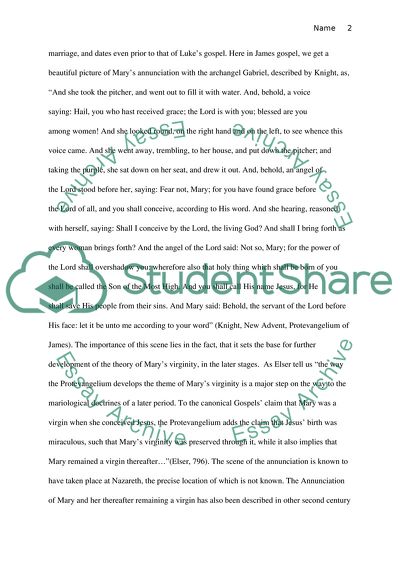Cite this document
(“Annunciation of Mary A Significant Image in the Christian Theology Essay”, n.d.)
Annunciation of Mary A Significant Image in the Christian Theology Essay. Retrieved from https://studentshare.org/religion-and-theology/1563181-see-below-in-description
Annunciation of Mary A Significant Image in the Christian Theology Essay. Retrieved from https://studentshare.org/religion-and-theology/1563181-see-below-in-description
(Annunciation of Mary A Significant Image in the Christian Theology Essay)
Annunciation of Mary A Significant Image in the Christian Theology Essay. https://studentshare.org/religion-and-theology/1563181-see-below-in-description.
Annunciation of Mary A Significant Image in the Christian Theology Essay. https://studentshare.org/religion-and-theology/1563181-see-below-in-description.
“Annunciation of Mary A Significant Image in the Christian Theology Essay”, n.d. https://studentshare.org/religion-and-theology/1563181-see-below-in-description.


